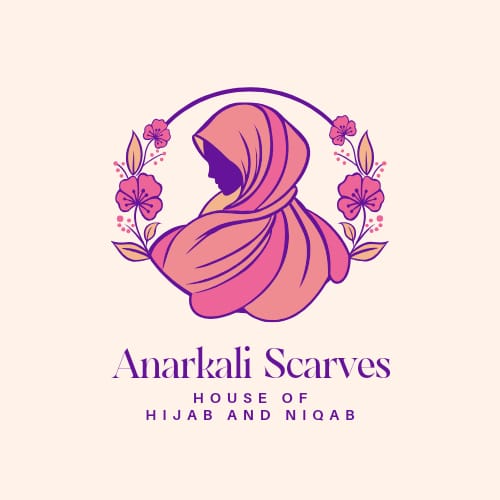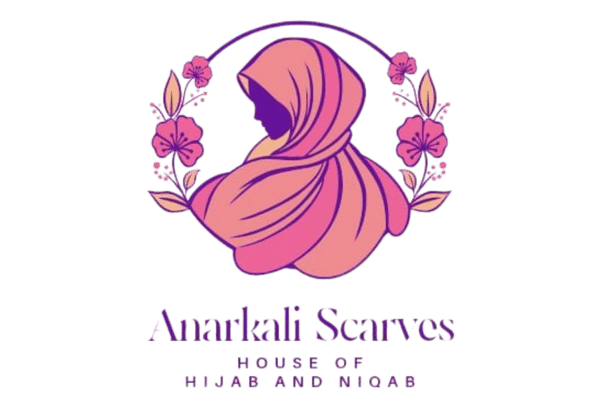
The Ancient Origins That Will Shock You
When you dig deep into the holiday of Halloween, October 31, you find it isn’t just about spooky costumes or jack-o’-lanterns glowing in the night. This celebration has pagan origins mixed with religious roots, creating a blend that’s both secular and meaningful for many across Europe and North America. What surprises most is how a night known for fun and parties is really connected to the Christian triduum called Allhallotide, a three-day event dedicated to remembering the dead. From my research and experience, the hidden link between pumpkin carvings, candy, and ancient ceremonies reveals how Halloween is more than just a nonreligious festivity.

Samhain The Celtic Festival That Started It All
Most people think Halloween just appeared out of nowhere, but I’ve spent years studying its true origins and discovered something fascinating. This festival actually comes from Samhain, an ancient celebration by the Celts of Britain and Ireland that happened on what we now call November 1 on our contemporary calendars. The Celts believed this date marked when their new year would begin.
Fire Rituals and Spirits of the Dead
They considered it the beginning of the winter period. What really surprised me was how the Samhain festival connected the living and the dead, as souls of those who had died would return to visit their homes while people set bonfires on hilltops for relighting their hearth fires and to frighten away evil spirits.

When the Church Tried to Replace Samhain
What most people don’t realize is that Halloween exists because of a Christian power move that backfired spectacularly. In the 7th century ce, Pope Boniface IV established All Saints’ Day, originally setting it on May 13, but in the following century.
The Creation and Movement of All Saints’ Day
Perhaps in an effort to supplant the pagan holiday with a Christian observance, church leaders moved it to November 1. By the end of the Middle Ages, the secular and the sacred days had completely merged into something neither Christian nor pagan.
Halloween Travels to America
When large numbers of immigrants, including the Irish, went to the United States beginning in the mid 19th century, they took their Halloween customs with them, and in the 20th century Halloween became one of the principal U.S. holidays.
Halloween Traditions with Forgotten Origins
As a secular holiday, Halloween has come to be associated with a number of activities that most people don’t realize have deep historical roots. One practice involves pulling usually harmless pranks.

Trick-or-Treating and Soul Cakes
While Celebrants wear masks and costumes for parties and for trick-or-treating, thought to have been derived from the British practice of allowing the poor to beg for food, called “soul cakes.”
Halloween Symbols: From Ghosts to Pumpkins
Along with skeletons and black cats, the holiday has incorporated scary beings such as ghosts, witches, and vampires into the celebration, while another symbol is the jack-o’-lantern, a hollowed-out pumpkin carved into a demonic face and lit with a candle inside.
Halloween and Global Goodwill
Since the mid-20th century the United Nations Children’s Fund (UNICEF) has attempted to make the collection of money for its programs a part of Halloween.


